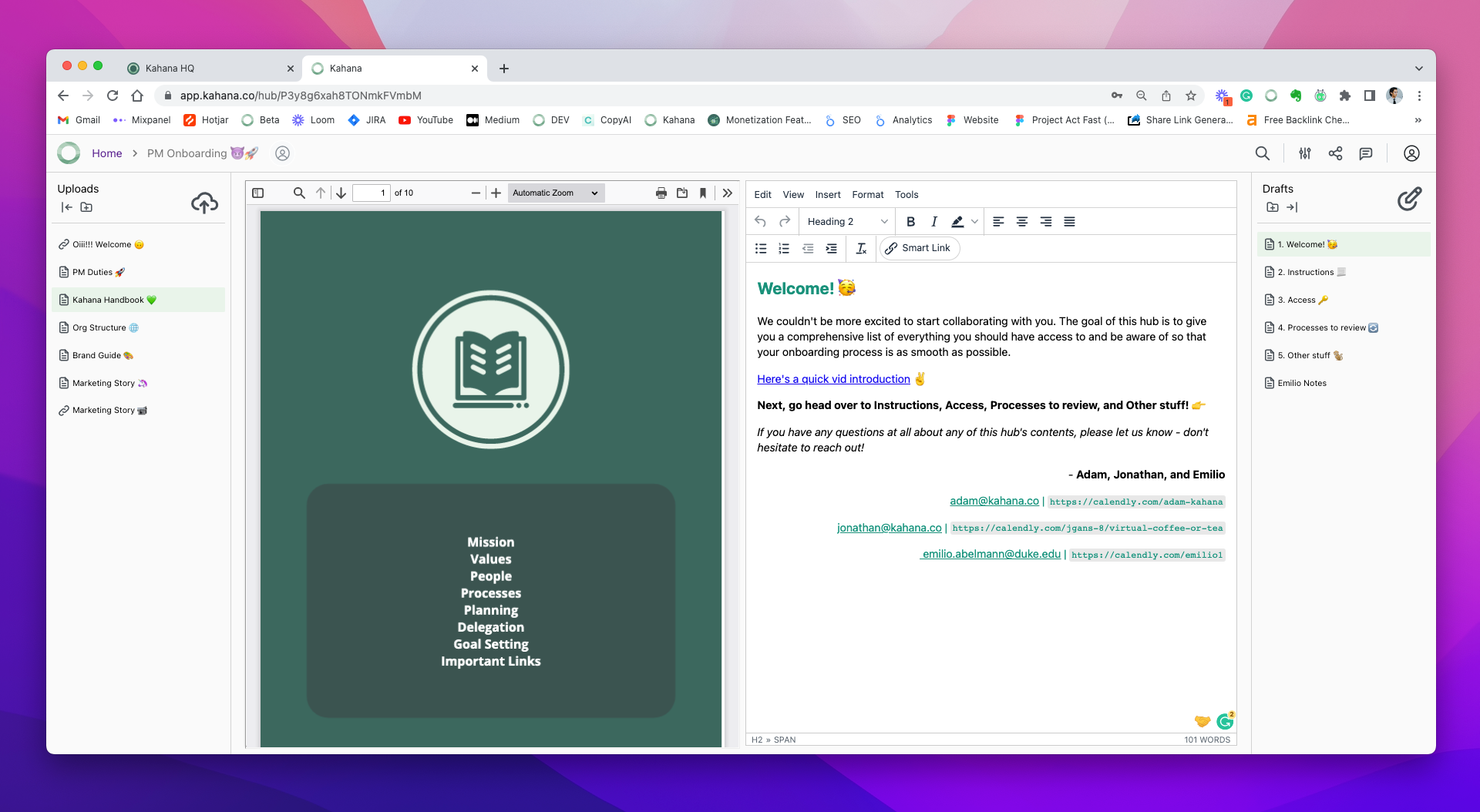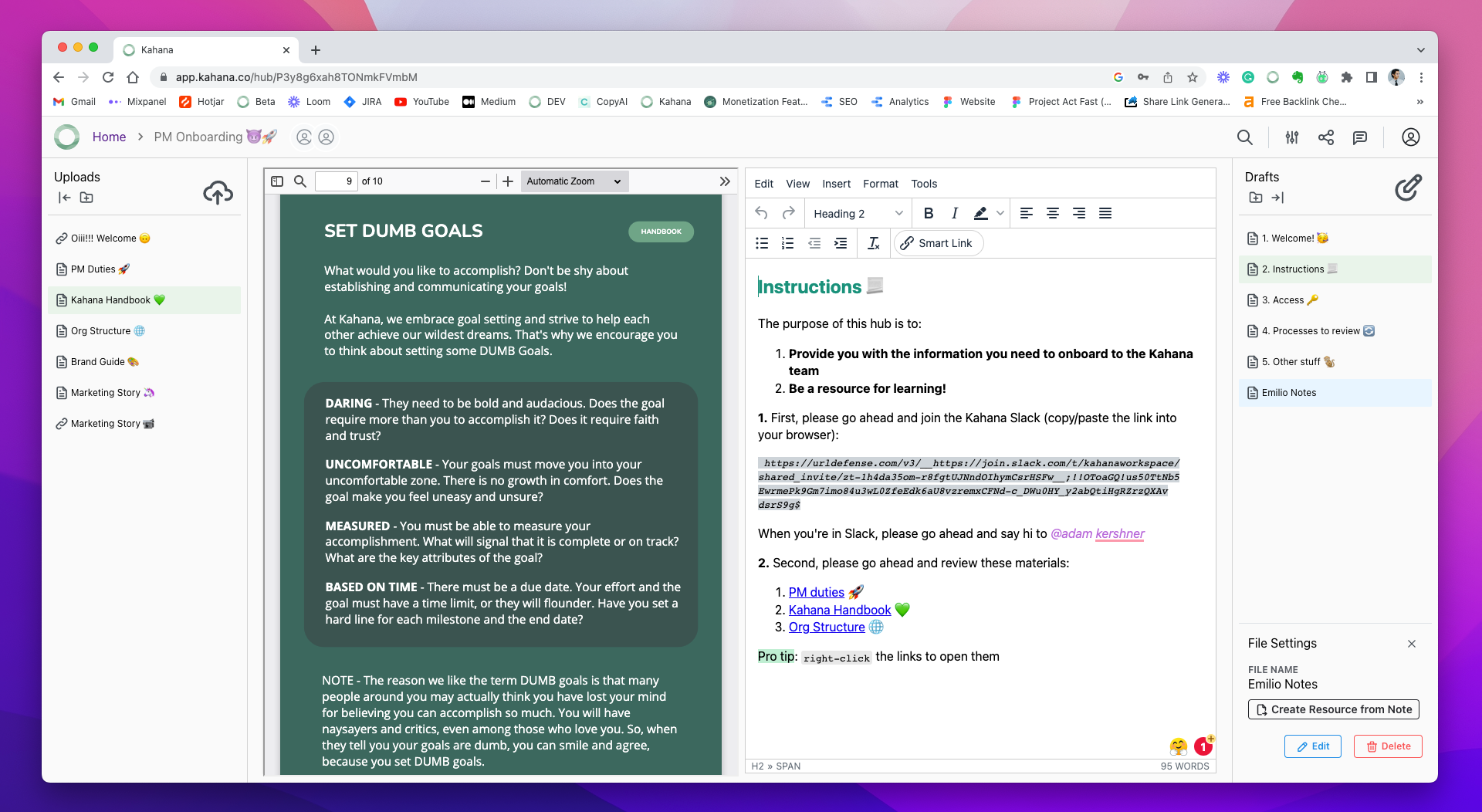Employee Retention Research: Questions, Topics, & Objectives

Topics covered ✅
- Employee retention research topics
- Employee retention program
- Why employee retention is important
- Employee retention examples
- Employee retention articles
- Factors affecting employee retention research
- Employee retention in HRM
Employee retention is a common issue in the modern workplace. In fact, employee turnover rates are high in most organizations, and this can have a negative impact on companies' profitability.
In order to retain employees, it's important to conduct employee retention research and how key factors can be addressed in your company culture.
This article provides an overview of employee retention research and the key considerations it should include.
1. Employees
When it comes to building a great culture, there are few things as valuable as employee retention research.
When you can understand the motivations, experiences, and needs of your employees, you can make real changes that will help them stay with your company longer.
To help businesses retain their best workers and reduce turnover costs, Kahana conducts ongoing research into the factors that contribute to employee retention—including stress levels and voluntary turnover.

Claim My Free Team Onboarding Template
This free team onboarding hub comes ready-made with welcome messages, instructions, spaces for important links, plus more.
2. Employee Turnover
Two factors to consider for employee retention research are work-life balance and seniority.
Work-Life Balance
The most important factor in employee retention is work-life balance.
According to Forbes, 66% of employees say they would "likely leave their job if they didn't feel appreciated."
Significantly, this figure has increased from 51% of employees who felt this way in 2012.
Companies need to be aware of this issue and take steps to ensure their employees are not being overworked or under-appreciated by management.
Senior Employees
Another key impact on employee retention is seniority levels among employees: those with more experience tend to stay at their current company longer than those who have less.
This may be because they feel more secure in their positions, they have more responsibilities than newer employees do, or they are more likely to receive raises during their tenure with a company, which helps them feel more valued and appreciated by management.
3. Company Costs
Employee turnover is a major concern for companies.
Based on this SHRM Report on Retaining Talent, replacement costs can be as high as 50%-60% with overall costs ranging anywhere from 90%-200%.
In a nutshell, this means that if an employee makes $60,000 per year in salary, then it would cost an average of $30,000 - $45,000 just to replace that employee and roughly $54,000 - $120,000 in overall costs to the company.
This is especially true when it comes to senior employees, who are more expensive to replace than their junior counterparts.
Not to mention, a workforce with high turnover rates tends to be less engaged in their work and more prone to stress and burnout, which can lead to other issues like absenteeism or workplace violence.
4. Questions
As a human resources manager, it's important to have a good handle on employee turnover rates.
- What about those employees who voluntarily leave your company?
- Why do they do it?
- How can you keep them around?
When you know how many employees leave your company voluntarily and involuntarily each month, you can make calculated decisions that will help you retain more talent.
5. Salary
Many companies are struggling to find new employees who possess the skills needed to fill these vacant positions.
This shortage has created an environment where talented people are in demand and are able to negotiate their salaries higher than they would have been able to do just five years ago.
With so many unemployed or underemployed people looking for work, it would seem like companies should be able to easily fill their open positions with qualified applicants even without paying them top dollar—but this isn't happening.
Why not?
Many companies are creating cultures that drive away talented employees who want to feel valued and supported by their employers.
6. Cost of Turnover Relative to Career Length
Employee turnover can be expensive.
According to Built in, the true costs of employee turnover are extremely high.
It’s estimated that losing an employee can cost a company 1.5-2 times the employee’s salary.
Depending on the individual’s level of seniority, the financial burden fluctuates.
- Hourly workers can cost an average of $1,500 per employee.
- Technical positions can cost between 100-150 percent of the salary.
- C-suite turnover can cost 213 percent of salary.
7. Development of Employee Turnover
Stress levels and age also have a significant impact on voluntary employee turnover rates.
High-stress environments often lead to increased absenteeism and lower productivity, which contribute to higher turnover rates.
For example, senior employees may leave a company because of the lack of flexibility and remote options, especially during a pandemic.
They will look for companies that are adopting a more hybrid work schedule.
Companies can better retain these valuable workers through improved communication channels between management and staff members or by offering more flexible policies related specifically to older workers.
8. Employee Experiences
If employees have positive experiences at their job, there will most likely be a lower turnover rate.
However, when it comes to identifying signs of negative employee experiences within your own company culture, you should look for low staff morale or frequent absences from work due to illness or personal issues.
If you notice these types of behaviors among your employees, you should consider implementing more flexible work schedules or other policies that might help reduce their stress levels and improve productivity overall.

Claim My Free Community Building Template
This free community-building template comes pre-built with the structures you need to get started, including process documentation, goal-setting guides, plus more.
9. Management
Another common reason why people leave their jobs is that they don't feel like they're getting enough support from management.
Employees may be unhappy at work due to a bad manager or a toxic culture within the organization.
It is important to make a note of employees' attitudes and feelings at work so that improvements can be made in the workplace.
10. Feedback
If you want to retain your employees longer than usual, you can do a couple of things.
One thing is that there's no harm in asking for feedback from your employees.
You could have meetings with individual employees or a brainstorming session with your whole team to come up with ideas that can improve employee experiences.
If you want to make sure your employees will stay with you for a long time, you should look at hiring people who have been with other companies for a long time and will likely stay with yours as well.
However, this is not the only route to ensuring long-lasting employment.
The key factor in retaining employees is treating them well and appreciating them.
For more insights on building culture, check out our article on employee satisfaction research.

Talk with a Kahana representative
Fill out your information and a Kahana team representative will reach out to you. Have a simple question? Search our library of articles
